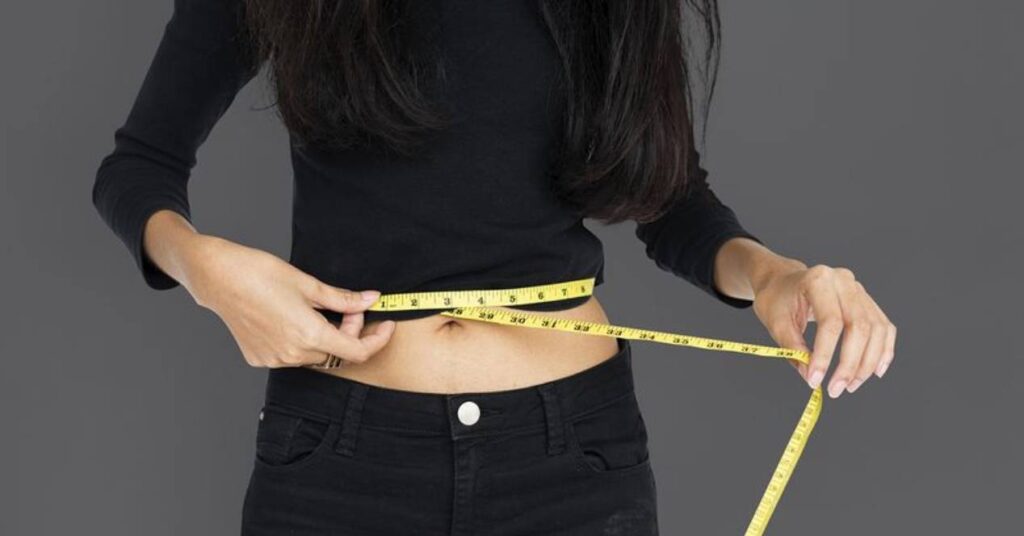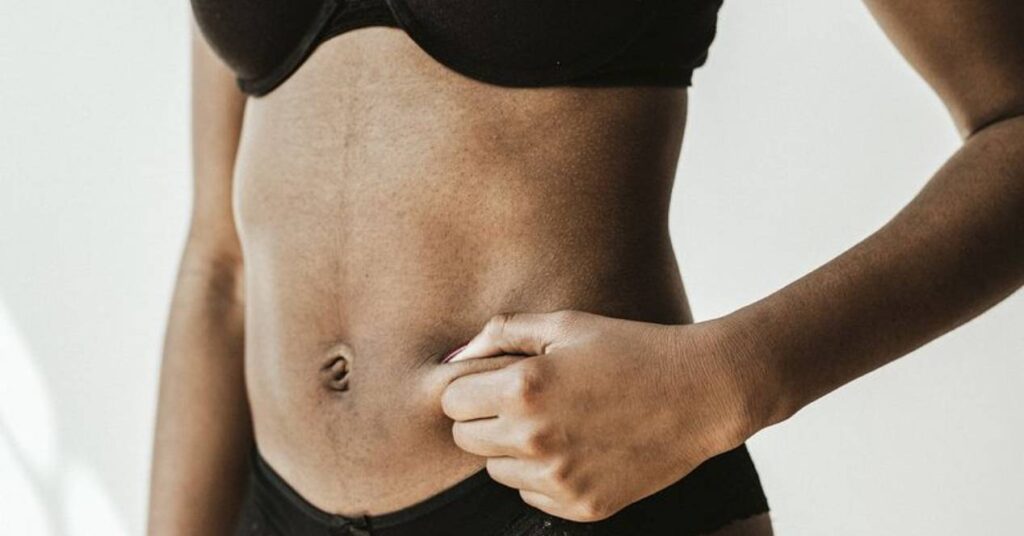
If you're trying to lose weight, you may have heard of the Flat Belly Diet. Its name alone evokes a visual image many of us aspire to, a flat tummy, and the promise of losing up to 10kg in 32 days generates interest and intrigue.
But the million dollar question: does it really work and is it safe? Here's our analysis of the diet, covering the premise of the plan, what you can (and can't) eat, and whether it will actually help with weight loss, so you can decide if it's worth your time.
What is?
It was created by Prevention magazine and debuted in 2008 with the launch of the book Flat Belly Diet. Since then, several extensions of the book have been published, including a flat stomach diet, numerous cookbooks, special for diabetics, men, etc.
As the name suggests, the goal of this diet is to flatten your belly and lose weight quickly. It is based on the theory that the monounsaturated fatty acids they target and destroy belly fat while promoting satiety and preventing overeating. These plant-based fats are found in foods like nuts, seeds, chocolate, avocados, and olive oil.
Unlike saturated fats, which harden and clog arteries, monounsaturated fatty acids keep blood vessels soft and flexible after digestion. In addition to emphasizing these healthy fats, the Flat Belly Diet is modeled after a Mediterranean diet.
The diet promises that you will lose up to 7 kilos in just 32 days. The 32 days come from the two phases of the diet:
- The anti-puffiness beginning of 4 days. This phase focuses on reducing water retention, gas, and constipation by eating 1.200 calories a day, predominantly fruits, vegetables, whole grains, and a proprietary water recipe. It is recommended that you avoid foods and drinks that are high in sodium.
- The 4 week meal plan. Based on a 1.600-calorie diet divided into four 400-calorie meals, as well as a 400-calorie "snack pack." It is recommended that you go no more than four hours between meals.
The diet's premise focuses on a single nutrient: monounsaturated fats (MUFAs), because mounting research at the time showed that this fatty acid may play a role in reducing belly fat. Monounsaturated fats are incorporated into each meal in the diet plan so that they are consumed throughout the day. Physical exercise is optional.

What to eat
The diet focuses on eating foods with monounsaturated fatty acids throughout the day, so foods high in these fats make up a large part of the diet.
Allowed foods
There are no mandatory foods or products that we must buy to follow the flat stomach diet. To reduce bloating, especially during the initial phase, people on the plan are advised to eat cooked rather than raw vegetables and reduce their intake of sodium-rich foods.
Some of the foods that are allowed on the flat stomach diet are:
- Olive oil
- Avocados
- Nuts and seeds
- Dark chocolate
- Soybean
- vegetable oils
- Fruits and some vegetables
- Whole grains
- Lean meats and proteins
Foods like avocados and olives are high in monounsaturated fat. An avocado, for example, provides more than 13 grams of monounsaturated fat. These tasty foods are filling, which can help us avoid less healthy salty or greasy foods.
Plant-based oils are another good source of healthy fats, as are nuts and seeds. They contain antioxidants to help repair cell damage in the body, may help prevent diabetes, and may even have anti-inflammatory properties.
Foods to avoid
Foods such as commercially produced white bread, cookies, and muffins often contain saturated fat and little to no monounsaturated fat. Refined grains provide less nutrition than whole grains and are likely to have more sugar and salt.
Also, sodium intake will have a big impact on bloating and water retention throughout the body. For that reason (and because high sodium intake is unhealthy) salty foods are not recommended on the Flat Belly Diet.
Some foods that are recommended not to consume are:
- highly processed foods
- Salty foods
- Potential gas-promoting foods like cabbage, broccoli, Brussels sprouts (especially during the four starter days)
- Citric fruit
- Artificial sweeteners
Does it work for weight loss?
The short answer is yes. The diet is a four-day, 1.200-calorie, four-week, 1.600-calorie meal plan based primarily on whole foods, so if your daily calorie needs are higher than this amount, you will lose weight in this plan.
The Mediterranean diet, on which the flat belly diet is loosely based, seems to promote weight loss or a lower chance of being overweight or obese.
That being said, there is nothing inherently unique about this diet compared to most other calorie-restricted programs. Although monounsaturated fats are healthy, they are not a magical nutrient that will help you lose weight, especially the dream of the suggested 7 kilos in 32 days. This is difficult for most of us, with or without an exercise program.
The diet also recommends cutting back on high-fiber foods like legumes and broccoli. Yes, they can cause gas, maybe even some temporary bloating if you're not used to it. But these foods are great ways to lose weight and keep it off. Fiber helps us feel full, so we eat less.

Advantages
People on the Flat Belly Diet are encouraged to eat plant-based foods, whole foods (such as fruits, vegetables, nuts, and seeds), and foods known to have a high nutritional value. There are no products or subscriptions to purchase on the plan, and the book is inexpensive. Depending on our shopping habits, some of the food may be cheap.
The prescribed caloric intake (1200 in the first phase and 1600 in the next phase) is in line with the caloric goals of many weight loss plans. For many people, eat regularly it helps them avoid overeating at mealtimes or binging on junk food. And, for some, a regular meal schedule makes the diet easier to maintain. It also promotes a consistent meal schedule and doesn't require us to buy a specific brand of food like some other diet programs, and it doesn't require the use of supplements.
The diet is loosely based on the Mediterranean diet, which is backed by decades of research and has been ranked as the best diet. The diet focuses on eating nutrient-dense whole foods with a particular emphasis on eating healthy monounsaturated fats.
In addition, the eating plan is generally low in saturated fat and sodium, which makes it healthy for the heart.
Drawbacks
Since the diet is no longer actively promoted, consumers wishing to follow the plan will have to purchase the book to learn the basics. For some, reading the book and keeping it close at hand may not be convenient.
Some foods like nuts and olive oil can be expensive and not everyone has regular access to all the foods recommended in the plan. Busy people or those with structured jobs may not be able to find the time to stick to a four-meal-a-day schedule.
Also, the weight loss claims associated with this program are substantial. Rapid weight loss is often the water weight. In general, a kilo a week is considered reasonable and sustainable. The promised results of losing "up to 7 pounds in 32 days" are probably exaggerated.
The diet is quite regimented and therefore not appropriate for most people with a history of Eating Disorders. It is worth noting that there is no other research on the effectiveness of this specific diet for weight loss. However, the diet is unlikely to lead to sustainable weight loss: once you start eating normal again, the weight you lost is likely to return.
Due to the timing of meals, if we have diabetes, we should work with a dietitian to determine if the diet meets personal needs.